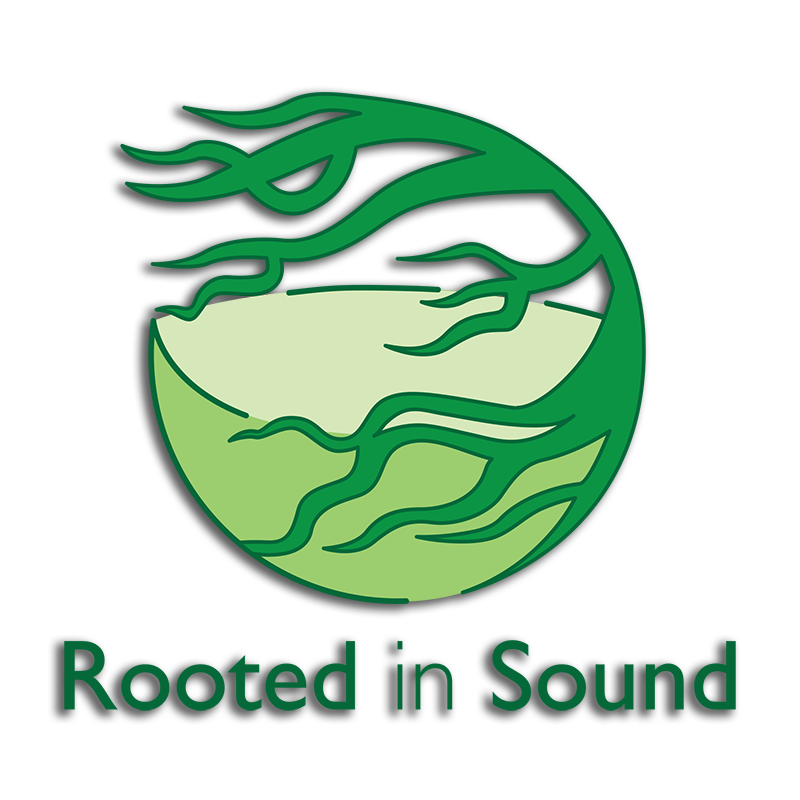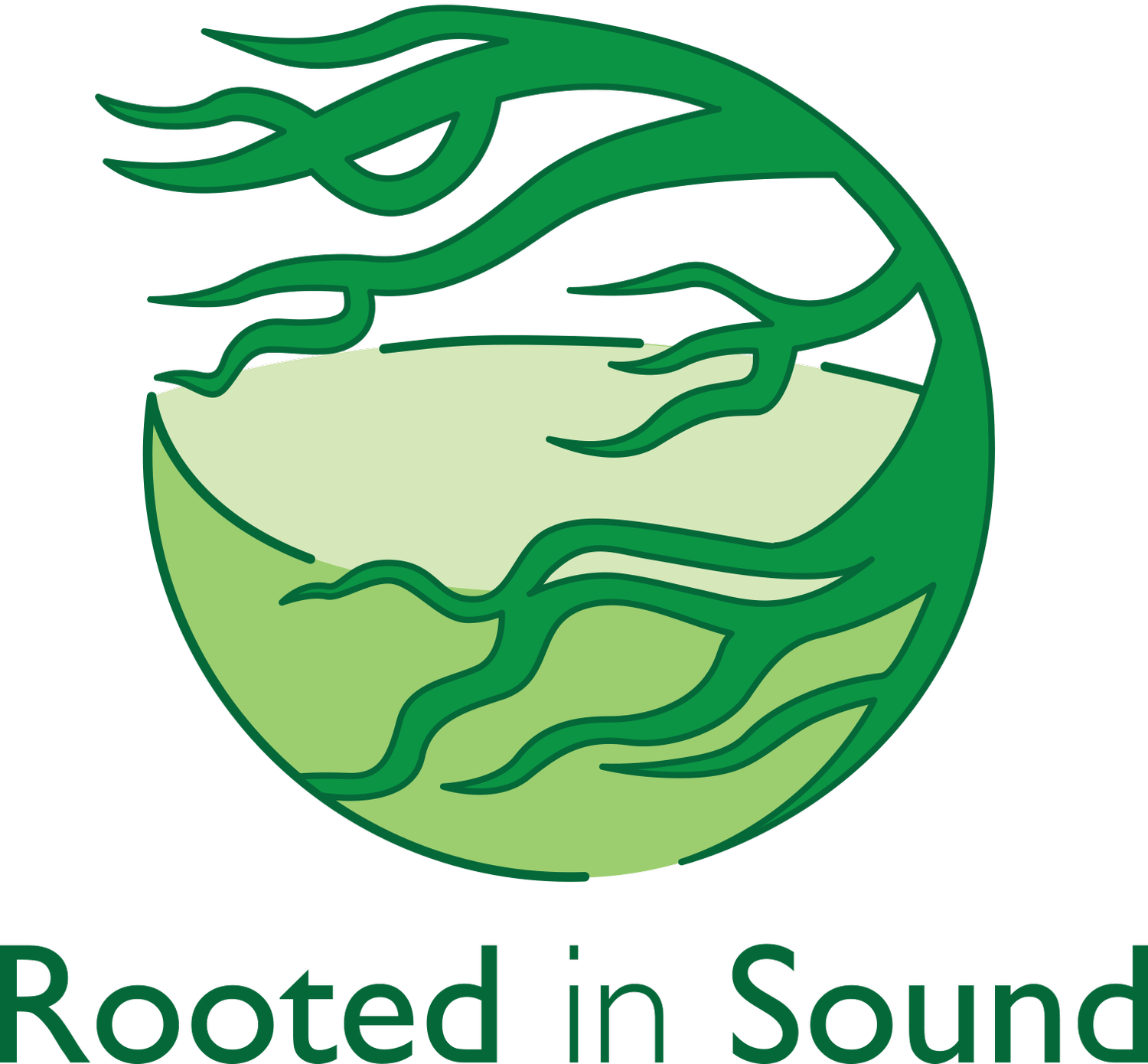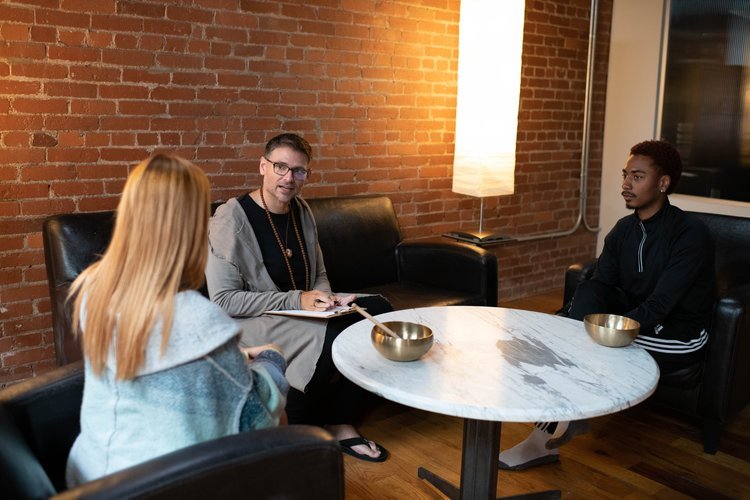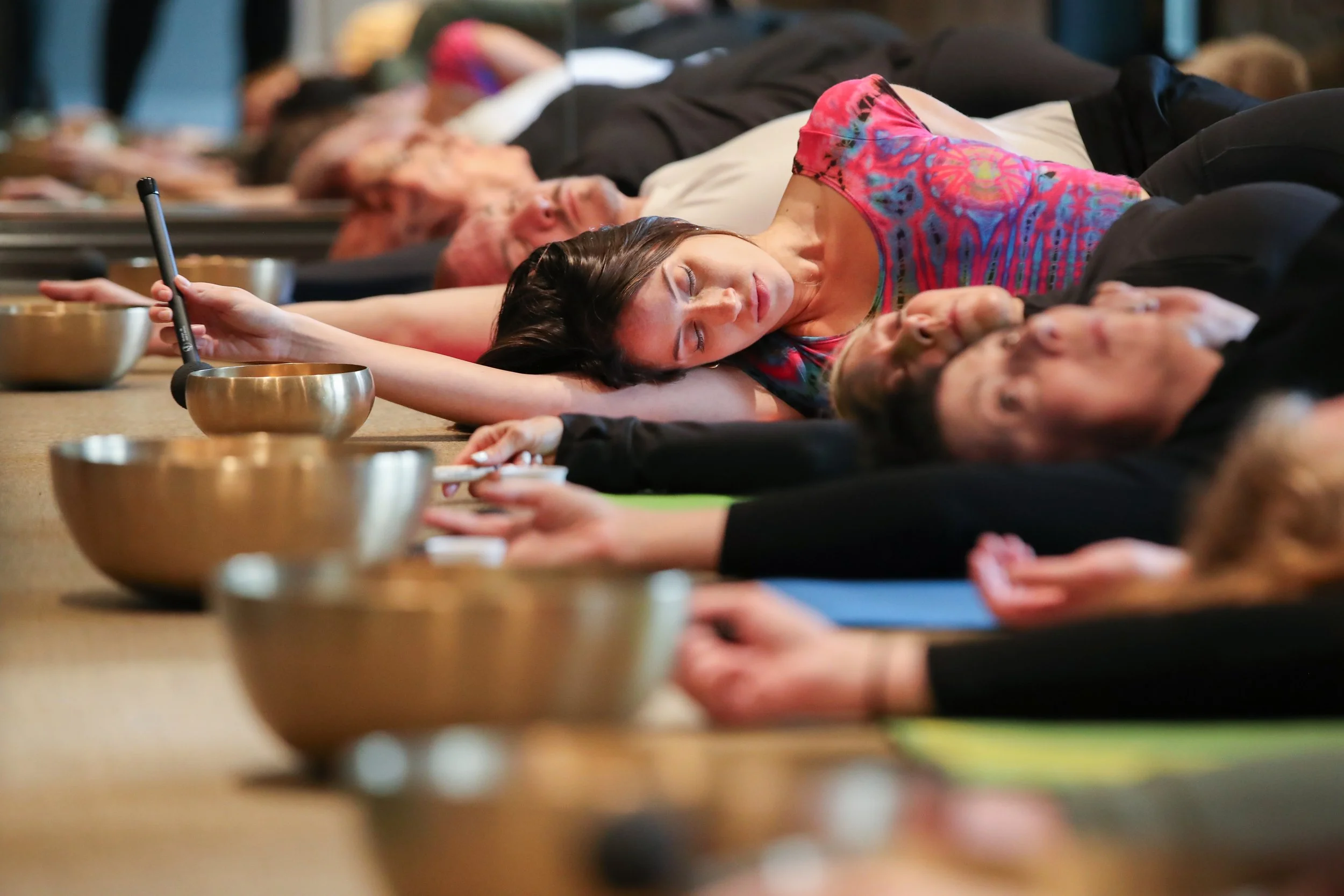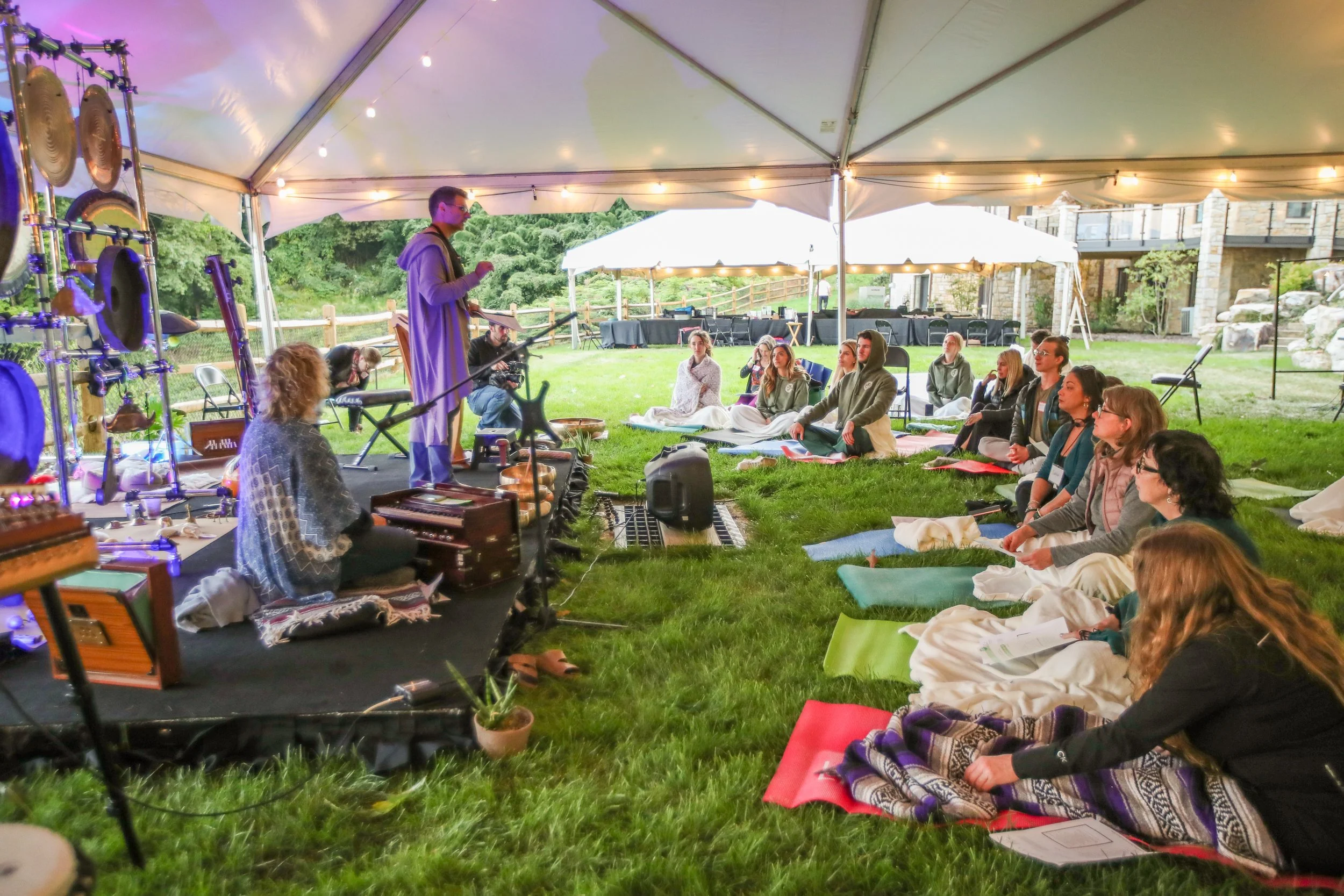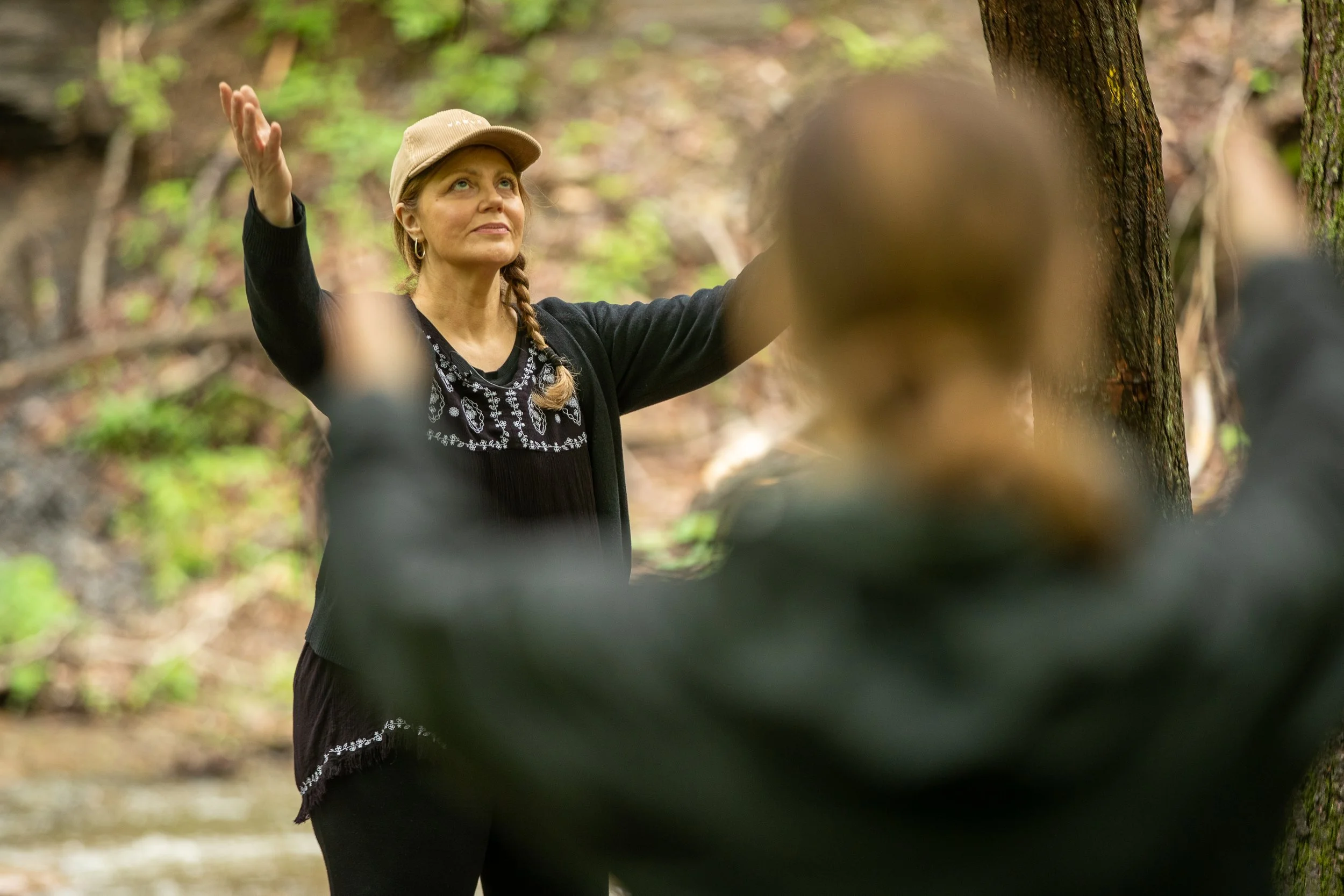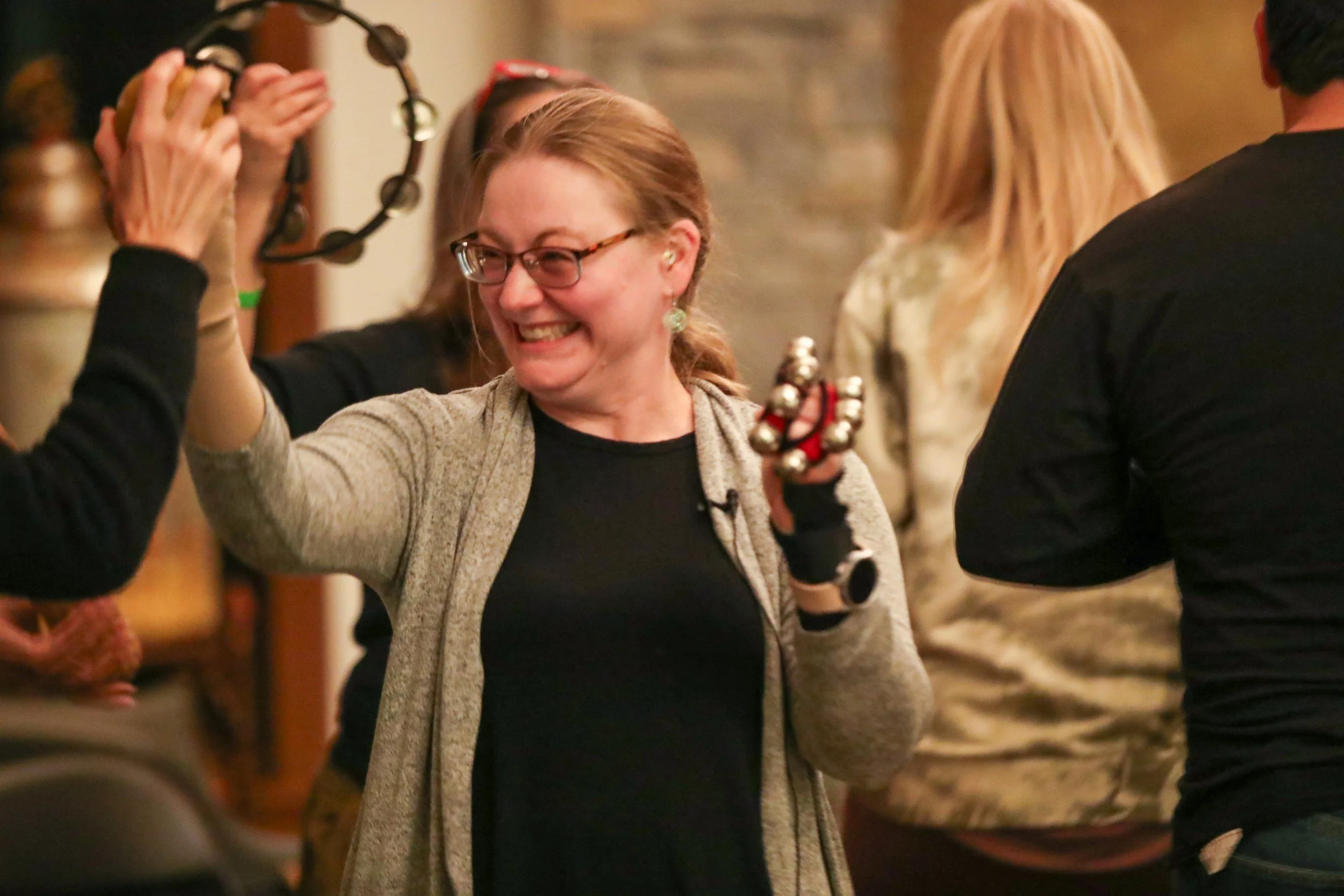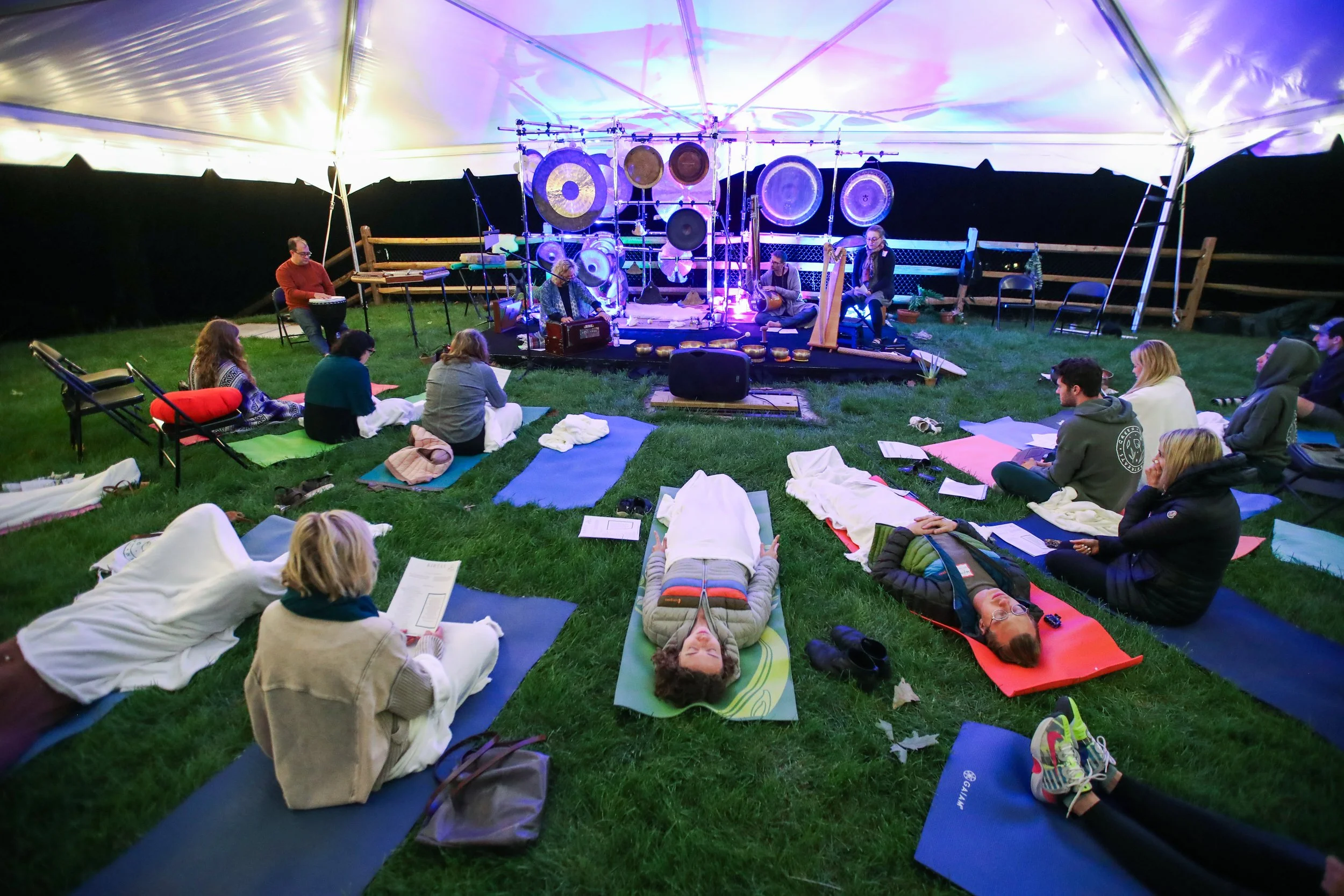Can Frequencies Heal Your Body? The Truth Behind the Hype
The Allure of “Healing Frequencies”
If you’ve spent any time in wellness spaces, you’ve probably heard bold claims about “healing frequencies.” Search YouTube and you’ll find hours of music labeled with numbers:
“528 Hz repairs your DNA.”
“432 Hz aligns you with the universe.”
“963 Hz opens the crown chakra.”
These videos attract millions of views, and for good reason. The idea that a single number could unlock deep healing is compelling. Who wouldn’t want to press play and allow their body to repair itself?
But is it true? Can frequencies heal your body?
The answer is both yes and no. Yes, frequencies—and sound in general—affect the body in measurable, profound ways. But no, there is no single “magic frequency” that heals everyone, everywhere, under all conditions. The reality is far more nuanced, and far more powerful, than the myths suggest.
In this article, we’ll explore:
The science behind frequency and vibration.
The myths and misinformation that surround “healing frequencies.”
The real role of resonance, harmonics, and intention.
Why practitioner skill and context matter far more than a single pitch.
And how comprehensive training prepares practitioners to use sound responsibly and effectively.
By the end, you’ll see that healing through frequency is real—but it requires much more than chasing numbers.
The Science of Frequency and the Body
Sound is vibration, and vibration interacts with the body in countless ways. Modern science has begun to uncover how and why.
Entrainment
Entrainment happens when external rhythms influence internal rhythms. This is why you naturally tap your foot to music, or why your breathing slows in sync with a drumbeat.
In therapeutic settings, entrainment can:
Steady the heartbeat and calm breathing.
Support meditative and restorative states.
Encourage brainwaves to shift into alpha or theta states.
Mechanotransduction
Our cells are sensitive to vibration. The process known as mechanotransduction shows how mechanical sound waves can influence cellular communication. Studies reveal that vibration can:
Stimulate circulation.
Support pain relief.
Trigger the release of nitric oxide, which promotes vascular health.
The Nervous System
Low-frequency sound interacts with the vagus nerve, activating the parasympathetic nervous system. This is why vibroacoustic therapy is used in clinical settings to reduce anxiety, ease chronic pain, and improve sleep quality.
Emotional and Psychological Benefits
Sound bypasses language and logic. It touches emotional memory directly, creating opportunities for release, integration, and deep rest. This is why many people report catharsis during sound baths or find themselves unexpectedly tearful when immersed in a gong journey.
👉 Some training programs explore vibroacoustic therapy in depth, blending research with practice. For an example of how this is taught in a comprehensive curriculum, you can review the Rooted In Sound Academy.
The Myths of Healing Frequencies
The internet is flooded with oversimplified claims. While frequencies do affect the body, many popular beliefs distort the truth.
Myth 1: The “Magic Number”
Claims like “528 Hz heals DNA” oversimplify complex biological processes. While certain frequencies can influence relaxation or mood, no peer-reviewed research confirms that one frequency universally repairs DNA.
Myth 2: Universal Tuning
One idea that floats around today is that tuning instruments to 432 Hz is somehow “the natural frequency of the universe,” or just better at healing than 440 Hz (the modern standard). The historical reality is that musical tuning systems have varied greatly across culture and history. Instruments from antiquity were tuned differently and for different reasons, and musical instruments continue to be tuned slightly high or low compared to 440 Hz in orchestras around the world.
At the end of the day, healing does not depend on one single pitch that universally heals through music. It depends on sound and frequency’s interaction with your body, their interaction with the space encountered through sound, and the practitioner’s intention—not venturing toward or away from a number on the tuning dial.
Myth 3: One Size Fits All
Frequencies do not affect everyone the same way. A sound that deeply relaxes one person may feel irritating to another. Healing is relational, not formulaic.
The real danger? Practitioners who repeat these myths without critical understanding risk misleading clients and weakening the credibility of the entire field.
Beyond Numbers—The Power of Resonance and Overtones
Here’s the real secret: healing comes less from single frequencies and more from resonance and overtones.
A Himalayan singing bowl produces multiple harmonics, creating a rich vibrational field.
A gong generates dozens of interacting frequencies that wash over the body in layers.
The human voice carries emotion, tone, and resonance, making it one of the most versatile healing instruments.
It is the relationship between sounds—their interplay with each other, with the body, and with the environment—that makes them transformative.
This is why skilled practitioners don’t chase numbers. They work with resonance fields, with harmonics, and with the living, breathing response of their clients.
👉 In professional training, students learn not just theory but also how to feel resonance in practice. See examples in the Academy’s instrument training modules.
What True Training Teaches About Frequencies
A comprehensive program doesn’t stop at “play this frequency.” It teaches students:
The physics of vibration and resonance.
How instruments create complex harmonic fields.
How to apply tuning forks with precision on and off the body.
How to integrate frequencies safely into trauma-informed practice.
The cultural histories of instruments, ensuring respect for tradition.
Instead of one-dimensional claims, students develop discernment. They learn to listen, adjust, and respond in real time.
For example, students working with tuning forks don’t just memorize that 136.1 Hz is the “Earth frequency.” They place it on the chest, compare it with another fork, feel the difference, and practice adjusting based on client feedback.
Responsible training means turning abstract numbers into embodied skill.
Why Practitioner Skill and Intention Matter Most?
Even the most precisely tuned instrument is only as effective as the person using it. Healing through frequency depends not just on the sound itself but on:
The practitioner’s presence and sensitivity.
Their ability to read subtle client cues.
Their discernment about when to add sound—and when silence is more powerful.
Their grounding in ethics and trauma-informed care.
In other words, it’s not about pressing play on a YouTube track. It’s about the living relationship between practitioner, sound, and client.
Training builds this sensitivity. It’s not only about what you play but how, when, and why.
Conclusion—The Real Answer
So—can frequencies heal your body?
Yes. But not in the simplistic way the internet often suggests. Healing through sound and vibration is real, but it’s relational, contextual, and depends on the skill of the practitioner.
This is why a quick sound therapy certificate online or a playlist of “healing tones” is not enough. Without embodied training, cultural context, and trauma-informed awareness, the risk of misinformation—and even harm—is high.
For those who want to learn the truth, programs like the Rooted In Sound Academy exist. The Academy blends online study (for theory, science, and history) with immersive in-person training (for instrument technique, facilitation, and subtle skills). Its curriculum spans sound physics, anatomy, cultural traditions, trauma-informed practice, and professional development.
Spots are intentionally limited so that every student receives mentorship and feedback. Graduates leave not just with knowledge of “frequencies,” but with the ability to use them responsibly, effectively, and with integrity.
If you’ve been curious about the power of frequencies, the truth is this: sound does heal—but only when applied with wisdom, presence, and respect.
👉 Explore the Rooted In Sound Academy today and begin your journey into authentic, transformative sound therapy.
